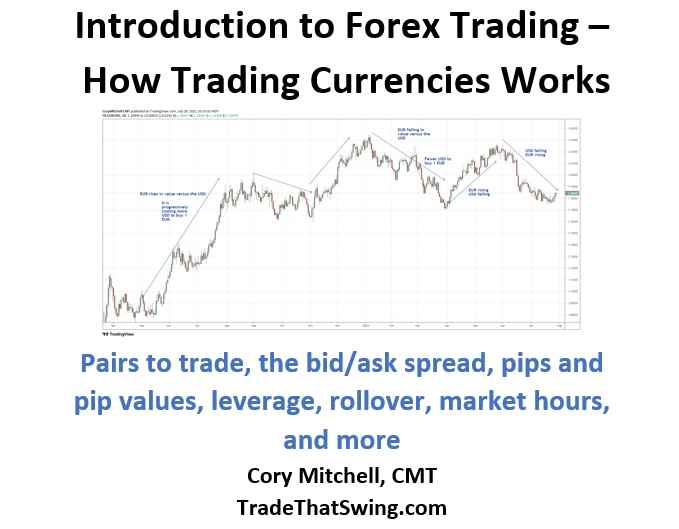In the realm of international finance, the terms “forex” and “foreign currency assets” often appear, leaving many wondering about their distinctions. While both involve currency exchange, they differ significantly in purpose, mechanics, and risk profiles. Understanding these nuances is crucial for businesses, investors, and individuals engaging in global financial transactions.

Image: www.kepoen.com
Definition and Purpose
Foreign Exchange (forex), in its simplest form, is the exchange of one currency for another. It involves trading between banks, financial institutions, and individuals to facilitate international payments, hedge against currency fluctuations, or speculate on market movements. On the other hand, foreign currency assets refer to holdings of currencies other than the domestic currency. Companies may accumulate these assets for safeguarding cash flow, investments, or mitigating currency risk in foreign operations.
Mechanics and Participants
The forex market operates as an over-the-counter (OTC) system, where traders buy and sell currencies directly with their counterparts. However, transactions involving foreign currency assets typically occur through banks or foreign exchange brokers. The forex market involves a wide range of participants, from central banks and multinational corporations to retail traders seeking short-term profits. In contrast, foreign currency assets are primarily held by businesses and institutional investors for longer-term purposes.
Risk Considerations
Investing in the forex market carries inherent risks due to constant currency fluctuations. Traders must carefully monitor market trends and macroeconomic factors that can impact currency values. Miscalculations or poor judgment can result in significant losses. Foreign currency assets, on the other hand, provide a more stable form of investment, albeit with the potential for loss due to currency depreciation or economic instability in the asset’s home country.
Profitability and Volatility
The profit potential of forex trading lies primarily in capitalizing on short-term currency movements. Traders aim to buy currencies when their value is expected to rise and sell when their value is expected to fall, making a profit on the difference in exchange rates. Foreign currency assets, on the other hand, can generate returns through investment or trade transactions. However, their profitability is subject to longer-term currency dynamics and is typically less volatile than forex trading.
Applications and Strategies
Forex trading is commonly used for short-term speculative trading, often involving the use of leverage to amplify potential returns. However, it also serves as a hedging tool for businesses exposed to currency risks in their international operations. Foreign currency assets, on the other hand, are held primarily for investment purposes, as a reserve against potential currency fluctuations, or as part of a diversified portfolio.
Choosing the Right Option
Whether you should invest in the forex market or hold foreign currency assets depends on your financial objectives, risk tolerance, and time horizon. Forex trading is suitable for individuals with high risk tolerance who seek short-term profit potential. Conversely, foreign currency assets are appropriate for long-term investors seeking stable returns and mitigating currency risk. Consulting with a financial professional is recommended to determine the most appropriate strategy for your specific needs.
In conclusion, forex and foreign currency assets represent two distinct modalities of currency management. While both involve currency exchange, their purpose, mechanics, risks, and applications differ significantly. Understanding these nuances is essential for navigating the complex world of international finance and making informed decisions about currency management strategies.

Image: tradethatswing.com
Difference Between Forex And Foreign Currency Assets






